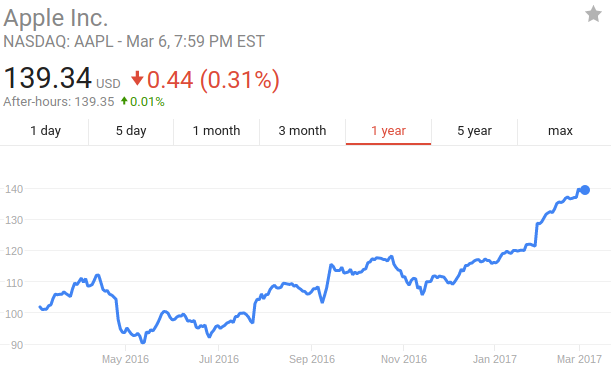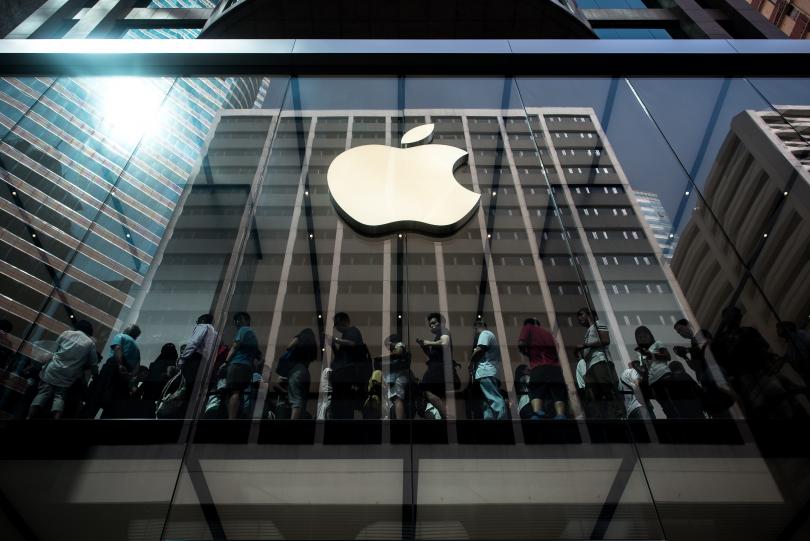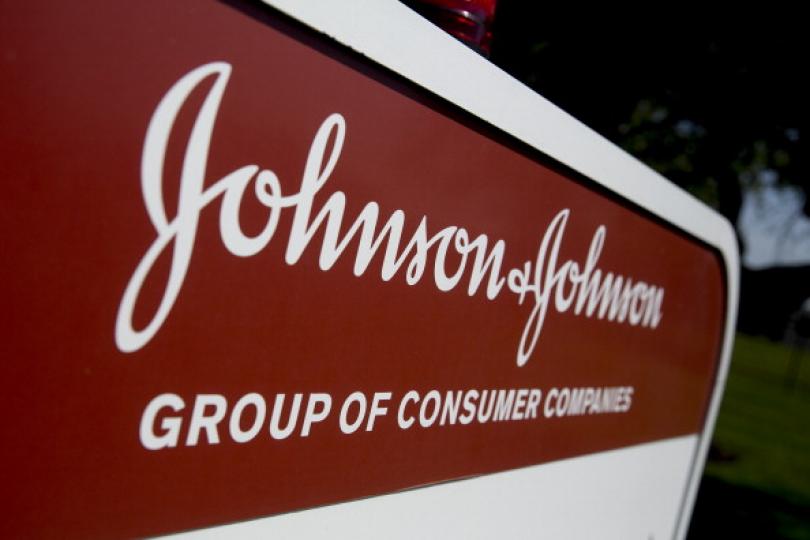Stocks Traders: What’s Next for Apple Stock?
Apple, Inc. is an American technology company that is based in California, USA. It is renowned for designing, developing and distributing consumer electronics, computer software, and online services. It was founded by Steve Jobs, Steve Wozniak, and Ronald Wayne to make and sell personal computers (PC’s).
It is known for its flagship products, which include the revolutionary iPhone, iPod, iPad and the Mac personal computer. The Mac also links the computer’s operating system to Apple’s online products and its own web browser, Safari. To this,the company hasadded features such as iTunes, iLife and iWork creativity and productivity suites. Its online services include the App store, Apple music, iCloud and the iTunes store.
Increasing Stores
Apple nearly 500 stores across 17 nations, further it has online stores in 40 countries. These are customized to cater to their location. Their store in Reagent street in London is the most profitable shop in London. Apple has nearly 50,000 employees in the U.S alone with 30,000 working at Apple stores.
It is the largest IT company in the world by revenue and it is the world’s second largest mobile phone manufacturer. It is also the largest publicly traded corporation in the world by market capitalization. It was also the first U.S corporation to be valued at over $750 billion.
Apple’s Corporate Culture
Apple is best known for its corporate culture and image in the public eye. The company’s stock trades as part of the tech-heavy NASDAQ Composite, which can be accessed when trading indices in the financial markets.
It was one of the earliest firms to embrace the individuality of its employees and propagated an informal culture. It is said the Steve Jobs used to walk barefoot in the office even after Apple became a Fortune 500 company.

This broke the perception of a traditional corporate culture. Apple also has fellowship programs to reward employees who make extraordinary technical or leadership contributions to the company. Apple has an efficient division of labor where all employees are technical experts in their field and they are not involved in functions outside their area of specialty. Apple has also turned towards green practices.
In 2008, apple became the first electronics corporation to fully eliminate PVC (polyvinyl chloride) and BFRs (brominated flame retardants) in its products. In 2007, they manufactured mercury-free LED-backlit and LCD displays and arsenic free glass. It issued a $1.5 billion-dollar climate bond to the government in 2016. It has also removed its heavy reliance on coal to alternative and renewable sources of energy. Apple stated that as of 2016, 100% of its U.S operations run on renewable energy.

